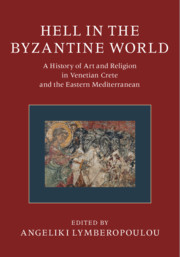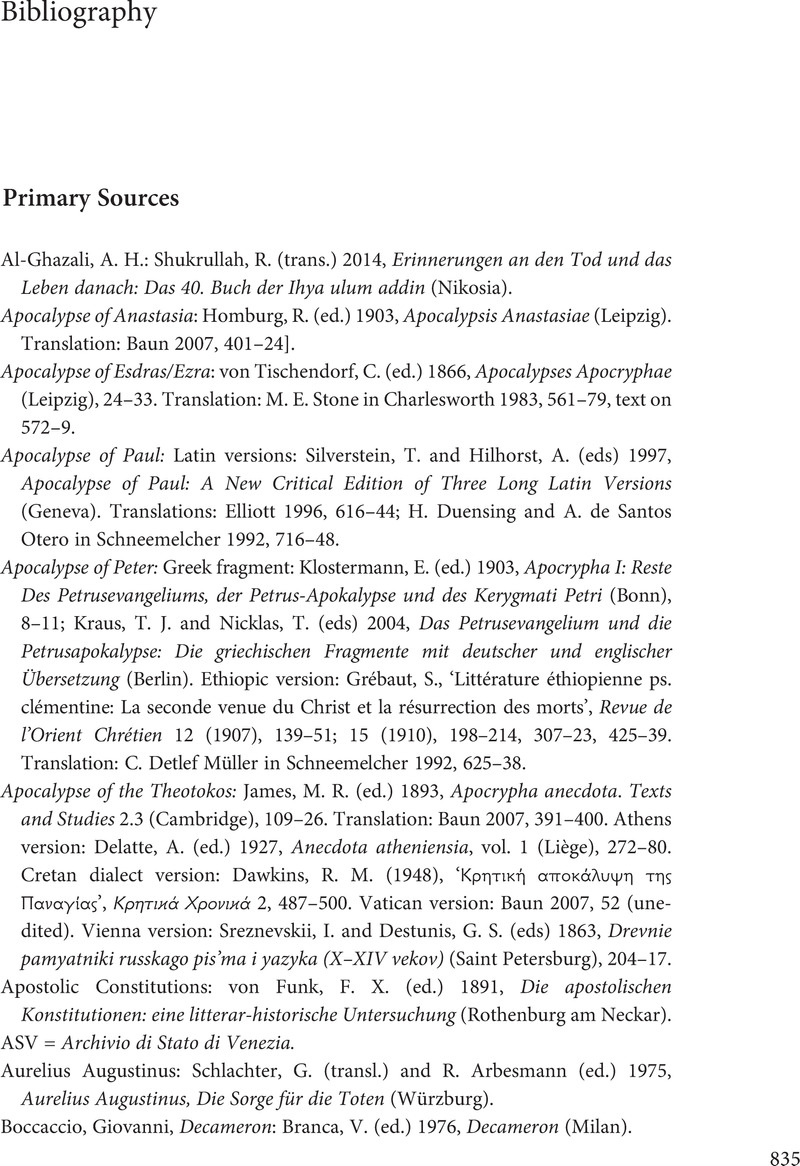 Hell in the Byzantine World
Hell in the Byzantine World Bibliography
Published online by Cambridge University Press: 02 October 2021
Summary

- Type
- Chapter
- Information
- Hell in the Byzantine WorldA History of Art and Religion in Venetian Crete and the Eastern Mediterranean, pp. 835 - 888Publisher: Cambridge University PressPrint publication year: 2020


